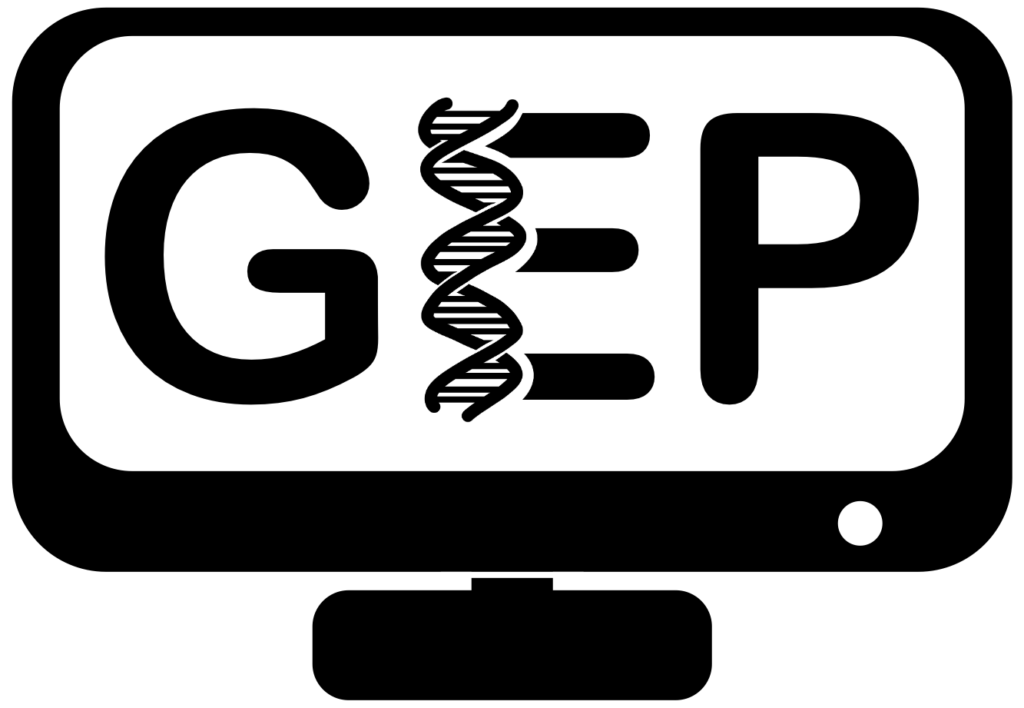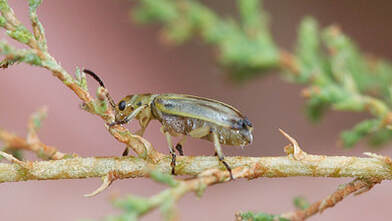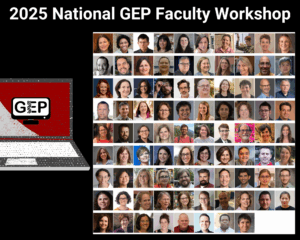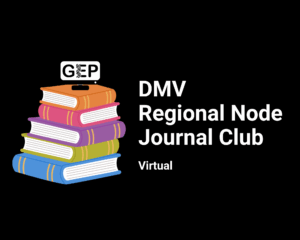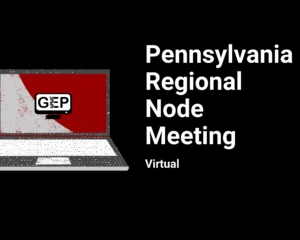The Rocky Mountain Regional Node met virtually, to accommodate its distant members, on November 12, 2022. Dr. Amanda Stahlke gave a riveting talk about the tamarisk beetle species that have been introduced to the western United States as a biocontrol measure against the invasive tamarisk plant, which is threatening our dwindling water supply. She is investigating the genetic underpinning of the success different species have had in different geographical locations. Her research includes the annotation of genes from the species’ recently completed genomes that might be related to the species’ success.
Dr. Stahlke is moving forward with plans to use GEP tools to implement such annotation into a course she is co-teaching with Node member Dr. Zeynep Ozsoy. They are interested in developing this research project as a regular GEP science project that can be implemented by other GEP members in the future. The Node members were very supportive of this idea and discussed ways that we might be able to help them move forward.
GEP member Dr. Shan Hays presented his implementation of TSS annotation and members discussed ways they could add TSS annotation to their courses as well.
Finally, the Node name you now see was adopted and the newly inaugurated “Rocky Mountain Regional Node” discussed plans to meet virtually again in the spring. Overall, it was a great opportunity for the group to connect and talk about science and GEP!
What worked well for your event that might help others plan similar events?
The event was pre-planned and the Node, as a group, decided to focus on the major outcomes that were expected from it.
What would your Node do differently based on your experiences?
Event organizers needed to stay on top of communications, especially since it was nearing the end of the semester and everyone was busy.
